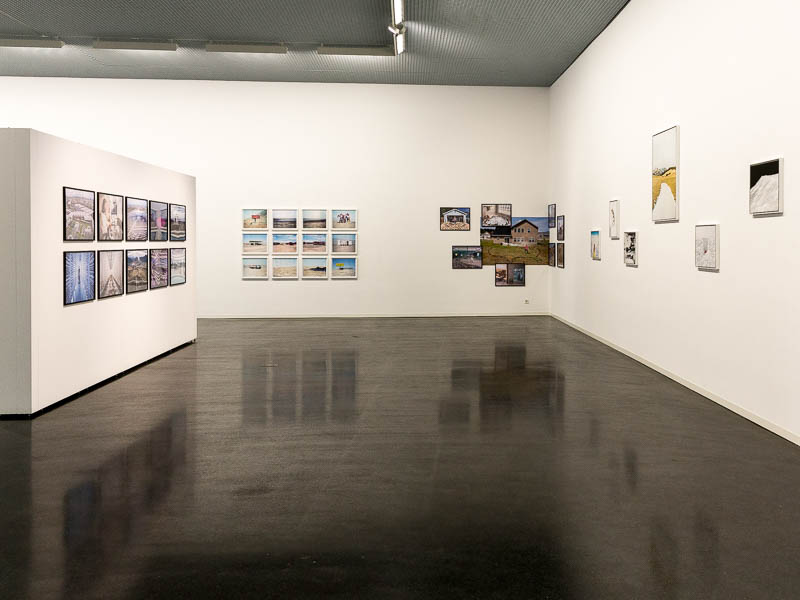KUNSTHAUS WIESBADEN
![]()
ADDRESS
Schulberg 10
65185 Wiesbaden
OPENING HOURS
Thu-Sun from 11–17 h
Thu from 11–19 h
ADMISSION
The Admisstion to the exhibition is free
WITH WORKS FROM
Matthew Abbott, Sydney
Florian Bachmeier, Schliersee
Gabriele Galimberti, Mailand
Rafael Heygster, Hannover
Elias Holzknecht, Längenfeld (A)
David Klammer, Köln
janKB, Groß-Wittensee
Florian Ruiz, Tokio
Marc-Oliver Schulz, Hamburg
Simone Tramonte, Rom
Zhou HanShun, Singapur
The Kunsthaus is a meeting place and attraction for artists and art lovers alike. Since 1863, the palatial building has been enthroned on Wiesbaden’s Schulberg and was expanded in 2011 to include a large art gallery, where five to eight exhibitions and a multifaceted program of events are presented each year.
Eleven artists are presented here. Matthew Abbott’s series “Black Summer” depicts the bushfires that ravaged Australia in 2019 and 2020. Similarly gripping and spectacular is the visual language of Gabriele Galimberti, whose group of works “The Ameriguns” elaborately stages U.S. gun fetishists. Where there are weapons, war is not far away: Florian Bachmeier’s photographs from Ukraine bring it directly into the picture. He has been photographing the lives of people in Ukraine for years, right up to the gruesome present. War is also Rafael Heygster’s subject: the work “I died 22 times” questions how “war” is dealt with outside of real battlefields, brings weapons fairs and war games into focus — and asks the question: “Where does war begin?”
Elias Holzknecht’s subject is the disturbing commercialization of Alpine valleys as ski destinations, the local ecosystems. David Klammer’s work “The Line” is dedicated to the catastrophic events of the century-long flood in the Ahr Valley as an abstract search for traces.
The work “A Man, the Island, and a Fly in the Room” by janKB describes a man’s escape from social life, while Florian Ruiz’s image superimpositions of a radioactively contaminated former salt lake in China combine the theme of war with that of environmental pollution. Simone Tramonte’s images from his series “Net-Zero Transition”, which shows us sustainable projects but also a technoid new world of agribusiness, have an equally uneasy effect.
Marc-Oliver Schulz’s “Water Masks” poses a major question of the photographic medium: can we trust our eyes? As if through a distorting mirror, the transformation of one and the same person can be followed. And Zhou HanShun also brings the troubled, lost person into focus in his multiple exposures: “People go through life at an uncompromising, chaotic pace, overcoming and absorbing everything in their path.”

